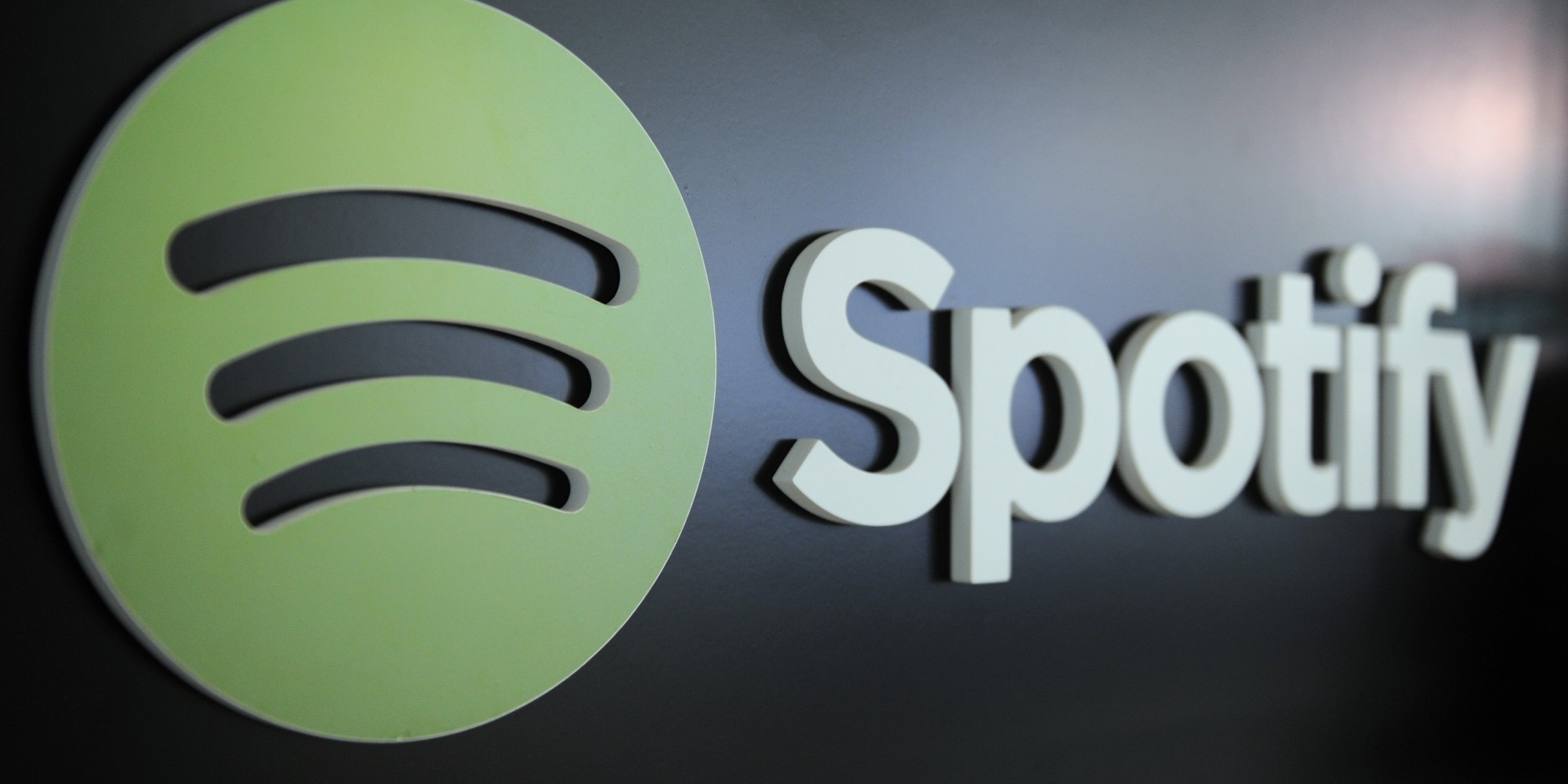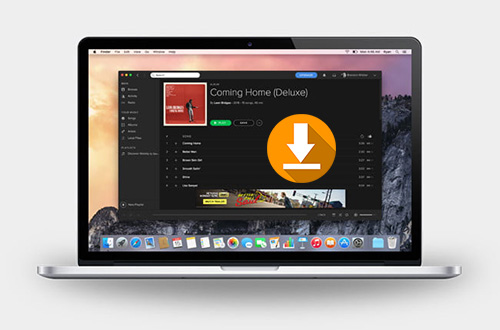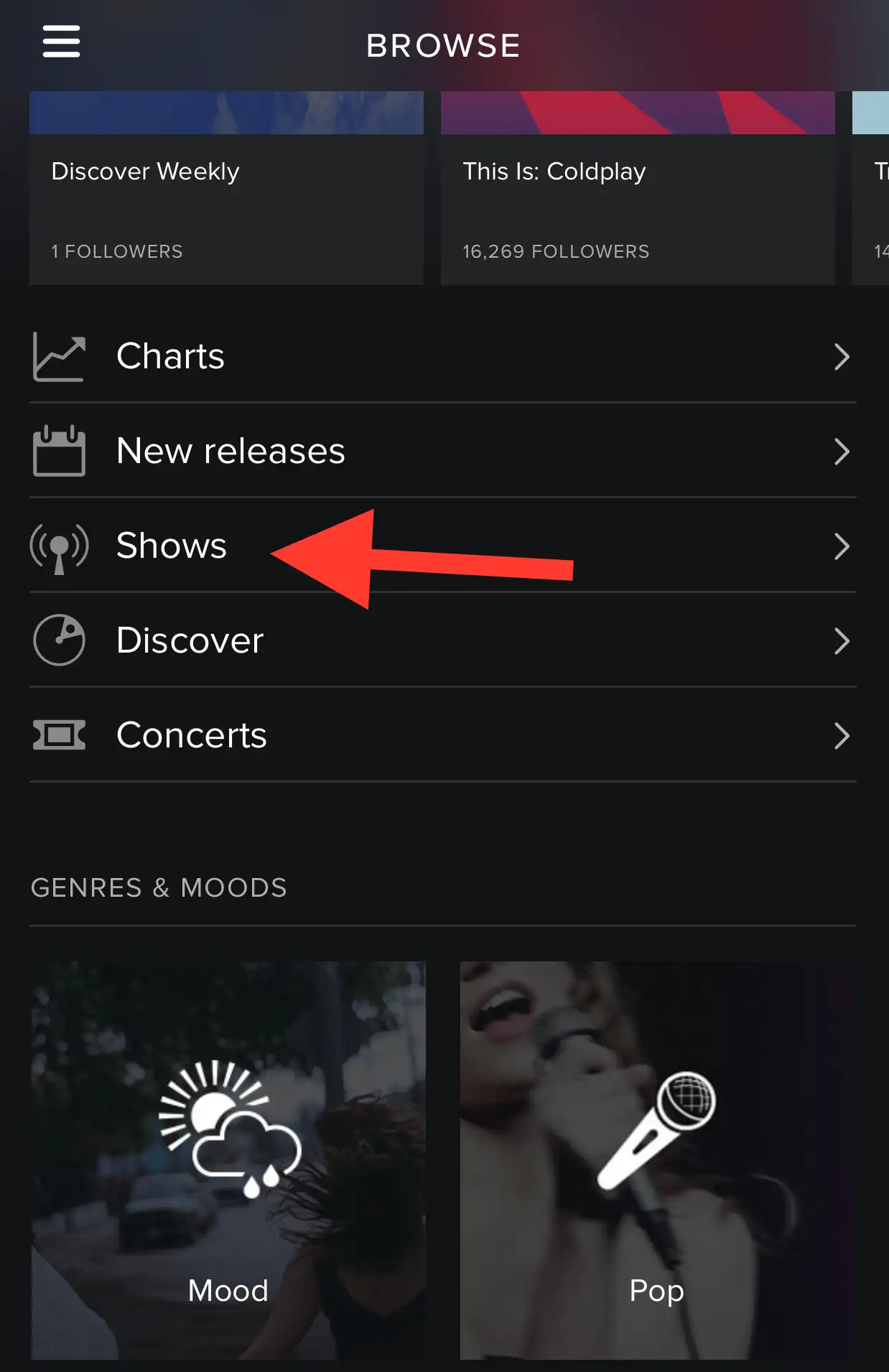
While these give the transcription a more accurate feel, they can be distracting for a reader who doesn’t have the audio as a reference.

Ideally, the downloaded file should be either MP3 or MP4, as these are the most accessible types. Step 2: Create a Spotify Podcast Transcription An example is Audkit, but there are many others available. On a computer: Use a third-party program to download the Spotify podcast as an MP3 file.Although it doesn’t have loads of functionality, it saves you from using a third-party platform. On a smartphone: The easiest option is to use a screen recorder.Don’t use the Spotify download option, as that simply saves the file to your Spotify account rather than onto your device. Get the audio into its final state (that you plan to upload) and then jump ahead to the transcription steps.īut if you don’t own the content, you’ll need to download it. If you’re the original owner, this is easy, as you’ll have a copy of the file to upload as a podcast. The first step in creating Spotify podcast transcripts is to get a copy of the audio. If you plan to transcribe someone else’s podcast and want to use it publicly, be sure to ask their permission first. The steps for getting Spotify podcast transcripts don’t vary massively for original or third-party content.

In this article, you’ll learn how to get Spotify transcripts regardless of whether you own the content. The steps for doing this depend on whether you’re the content owner.

Creating Spotify podcasts transcripts is necessary for improving accessibility, but it can also help with creating other content.


 0 kommentar(er)
0 kommentar(er)
